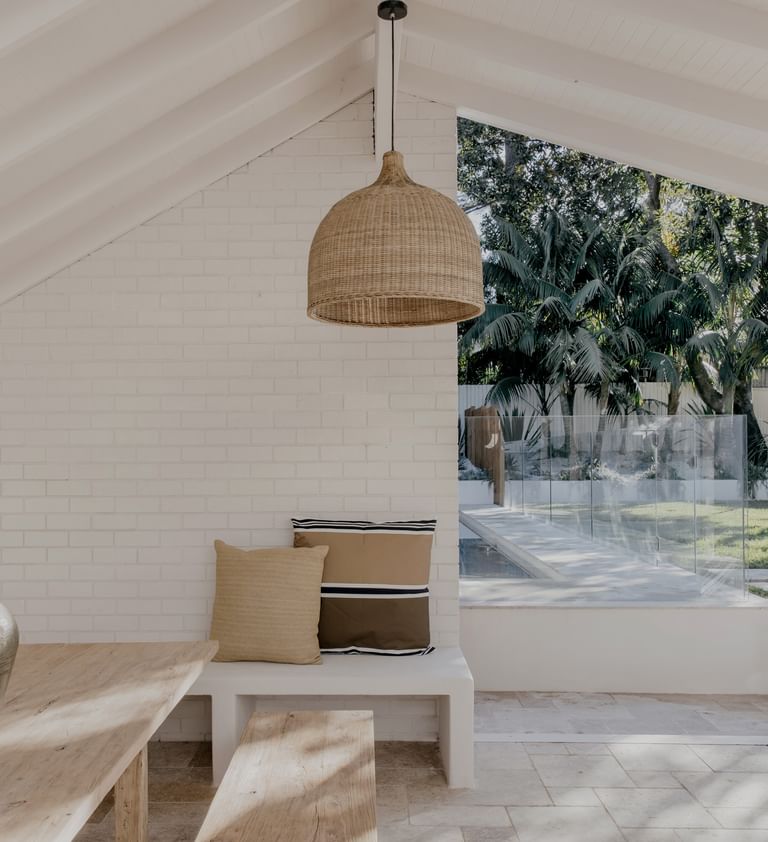
Price movements
Both Australian house and unit prices have taken a break from robust increases this month, with both house and unit property types recording no significant change in median prices. While volumes have been down, both vendors and purchasers were a little quiet during the month of March waiting for the Easter period and subsequent school holidays to end.
Sentiment, however, remains high with expectations surrounding interest rate reductions still on the cards, likely to result in greater activity in May and beyond. The median Australian house price currently sits at $869,843, representing a 10.4 per cent improvement over the last 12 months. Units continue to grow at a slower pace, recording a 7.9 per cent increase over the same period to a median of $643,086.


Over the past month we’ve seen most markets showing stability in values, with the greatest growth coming from some of Australia’s smaller markets which historically have shown more volatility. Hobart recorded a 0.4 per cent change to a median of $783,280, while Darwin was up 0.2 per cent to $623,753 for homes. Perth houses continue to record the greatest increased growth over the past year, but on a monthly basis this has slowed, recording -0.1 per cent this period. With the issues of housing supply unlikely to be resolved in the short term, it’s expected that price growth will continue from the current $766,980 house median.


The capital city unit market has shown similar results this period. Leading the charge is the Hobart market, with median values growing by 0.3 per cent this month. All other markets recorded very limited change in median prices, with Perth, Brisbane and Adelaide all recording similar levels of annual growth. Markets which have benefitted from population gains have seen outstanding levels of demand for affordable housing options, keeping annual increases in excess of 12 per cent. Sydney median unit prices sit at over $870,000 and Melbourne at $633,929. Both have seen limited movement, with annual increases behind the capital city average of 8.0 per cent.


Total median house price growth in regional Australia has moved similarly to metropolitan results, in the quest for affordable housing choices or investment opportunities. This is most apparent in the improved prices across New South Wales and Victoria, both up by 0.4 per cent this month, yet growth lags behind on an annual basis.
Continuing its trend, the increased need for accommodation in strong mining regions such as Western Australia and South Australia has buoyed values ahead of the national regional average. Both markets continued to grow this month, with Western Australia up 15.4 per cent annually to $479,713 and South Australia up 15.0 per cent (0.3 per cent last month) to a median house price of $414,911.


With results echoing that of the regional housing market, an improvement in both New South Wales and Victoria has been felt this month, with both up 0.3 per cent. While the annual growth rates remain behind the Australian average for these two states, regional South Australia and Western Australia continue to perform. Both are only up by 0.1 per cent this month, while annual increases sit at 15.4 per cent and 14.3 per cent respectively, well ahead of the regional national 7.9 per cent average. The affordability of assets in these locations have aided in spurring on continued activity, not only for owner occupation but by the investment market.


Listings Activity
Listing numbers saw sizable decreases in March across the country. While sentiment surrounding purchasing has improved off the back of interest rate speculation, hesitation given the mismatch between supply and demand for the population has caused some trepidation around timing. The uncertainty in listing levels for this March is well below other years, however, this aligns with the early Easter season. Across the country, school holidays and this Easter period typically coincides with a reduction in listing activity usually seen in April. With much of the country in school holiday mode during the month of April, we may see limited listing activity until closer to May.


Similar levels of declines in listing numbers for March were seen in regional markets as in capital cities. Regional Northern Territory and its small pool of listings are subject to much volatility, down 43 per cent this month and 41 per cent across the year. All other cities have shown similar levels of decline, with New South Wales holding up best. While down 22 per cent this month, over the year it recorded a 23.2 per cent decline which was below the national regional annual average of 28.2 per cent.


Auction Insights
Clearance rates have shown improved strength in 2024. Limited listings and ongoing need for housing stock has translated into good success at auction. Results for March 2024 sit at 72.1 per cent, slightly behind 2022 results of 73 per cent, albeit well ahead of last year’s results. With limited listing numbers and expectations of interest rate reductions, we expect to see greater urgency enter the market, keeping clearance rates elevated this year.


As clearance rates remain elevated, so too will bidder activity. With the underlying need for housing remaining high, and the mismatch between listing numbers, new house construction and population keeping demand elevated, we expect to see greater competition surrounding auctions. As financing does become more affordable, the upward trajectory of bidder activity is anticipated to continue during much of 2024.




After a strong February for the Ray White Group, March results continued their upward trajectory representing $8.52 billion in unconditional sales volume. Volumes increased across all Australian states, New South Wales leading the charge up 23.6 per cent on last month to represent $2.61 billion. New Zealand’s rebound has been significant with growth in the month up 37.4 per cent. Renewed confidence this year was not restricted to the residential sector with improvements in both Rural (44.8 per cent ) and Commercial (41.1 per cent) businesses also this period.







